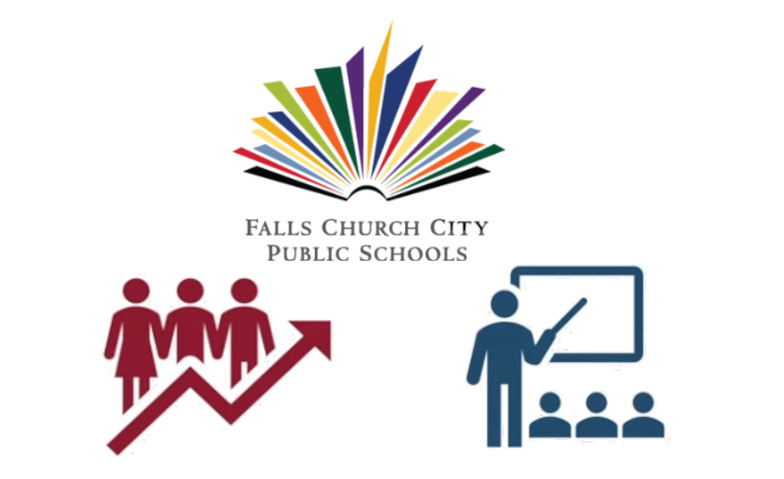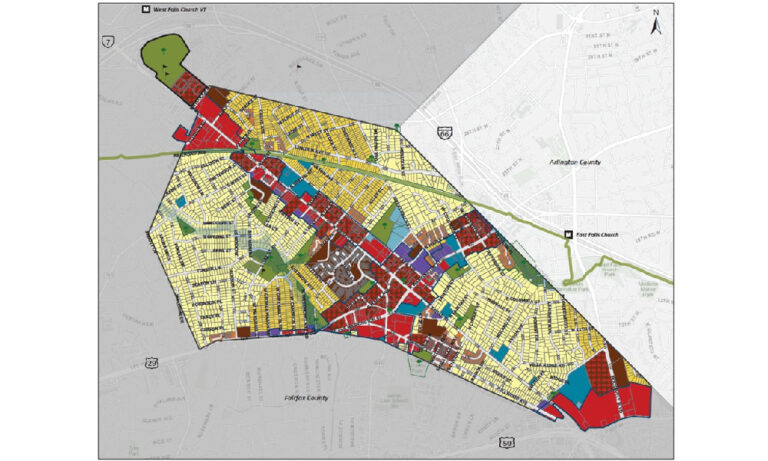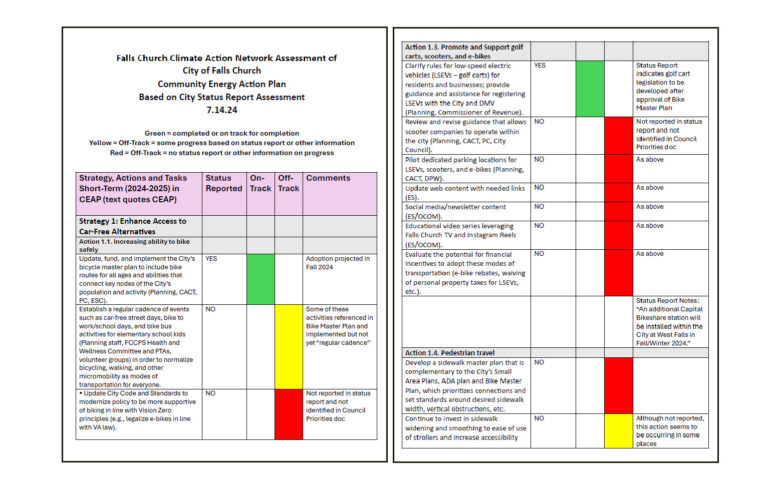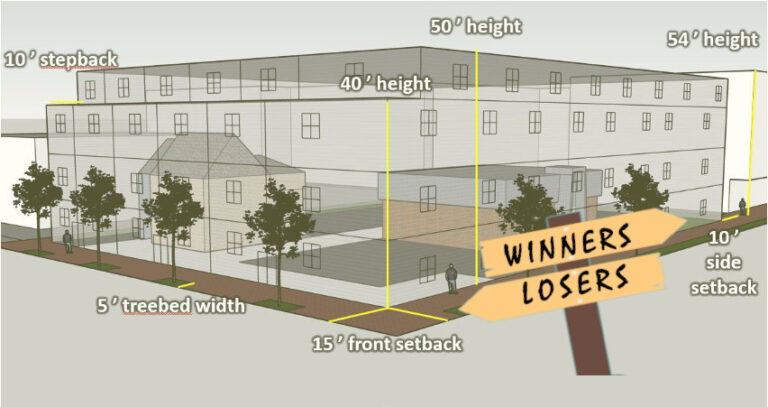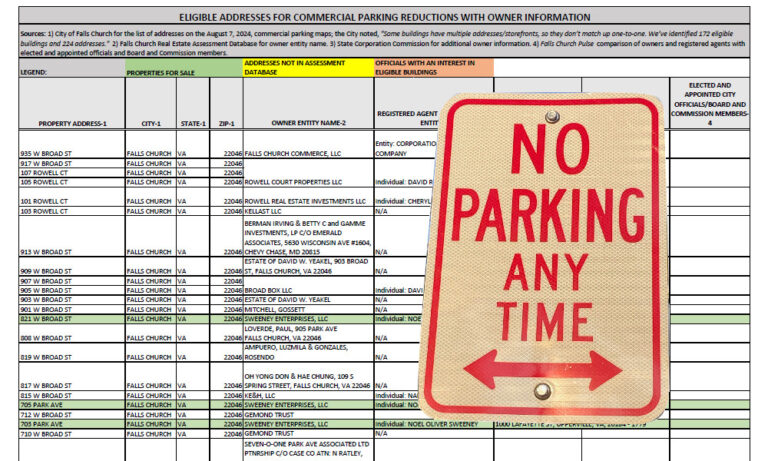15% Enrollment Growth By 2030 Projected For City Schools
Summary
From 2020 to 2025 the City will have added 1,533 mixed-use housing units to its housing stock. The Stephen Fuller Institute (SFI) analyzed the data and projected only a modest enrollment growth that they conclude can be physically accommodated in the current schools. This is because the mix of housing sizes, with a majority smaller units, did not historically generate many students. An enrollment growth of 15% of the 2023 level is expected by 2030. The larger challenge will be in budgeting and staffing for this growth.
The SFI study also provided population and housing growth forecasts that are discussed in our companion post, Falls Church City Population Growth Of 35% From 2020 To 2030.
Study of housing growth impacts on enrollment growth
Falls Church City schools contracted with Dr. Terry Clower and Dr. Keith Waters of the Stephen Fuller Institute (SFI) at George Mason University to project the growth in enrollment. During the November 14, 2023, school board meeting, Dr. Clower presented the results of this study. He is the director of the Center for Regional Analysis at the Stephen Fuller Institute and professor of public policy in the Schar School of Policy and Government at George Mason University.
School Superintendent Dr. Peter Noonan explained that projections the City uses for planning and budgeting purposes are typically provided by the Weldon Cooper Center (WCC), University of Virginia. However, those projections do not consider the significant increase in housing that is currently under construction. SFI was specifically asked to incorporate these factors into their projections.
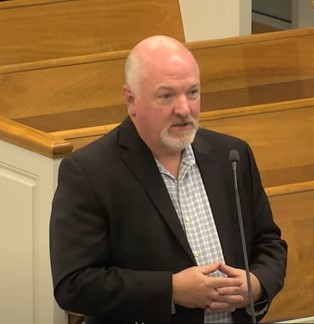
The SFI reports include a catalogue of the existing townhouses and multi-family developments in the City, student numbers for each, and single family dwellings data as of 2023. Data from the last 2020 US Census are also used. Although the SFI projections go out to 2050, we only consider the projections to 2030 for this post. This near-term range accounts for the impact of all the developments currently under construction and, therefore, should be more accurate.
Housing growth
The SFI report provides a detailed account of the housing that currently exists in the City, categorized by type and age. In 2020, there were 2,330 single-family homes, 816 townhouses and 3,007 condos or apartments. By 2023, the number of single-family homes increased slightly. The number of townhouses did not change. Founders Row was completed with 394 new units. However, with the completion of Founders Row, and future completion of Founders Row II, Broad and Washington and West Falls Phase I, the City is estimated to have 4,540 condos and apartments by 2025. This is a 51% increase in condos and apartments over 2020. Our post, Falls Church City Mixed Use Development Projects, analyzes these developments.
The table below shows the housing projections based on current projects and SFI assumptions.
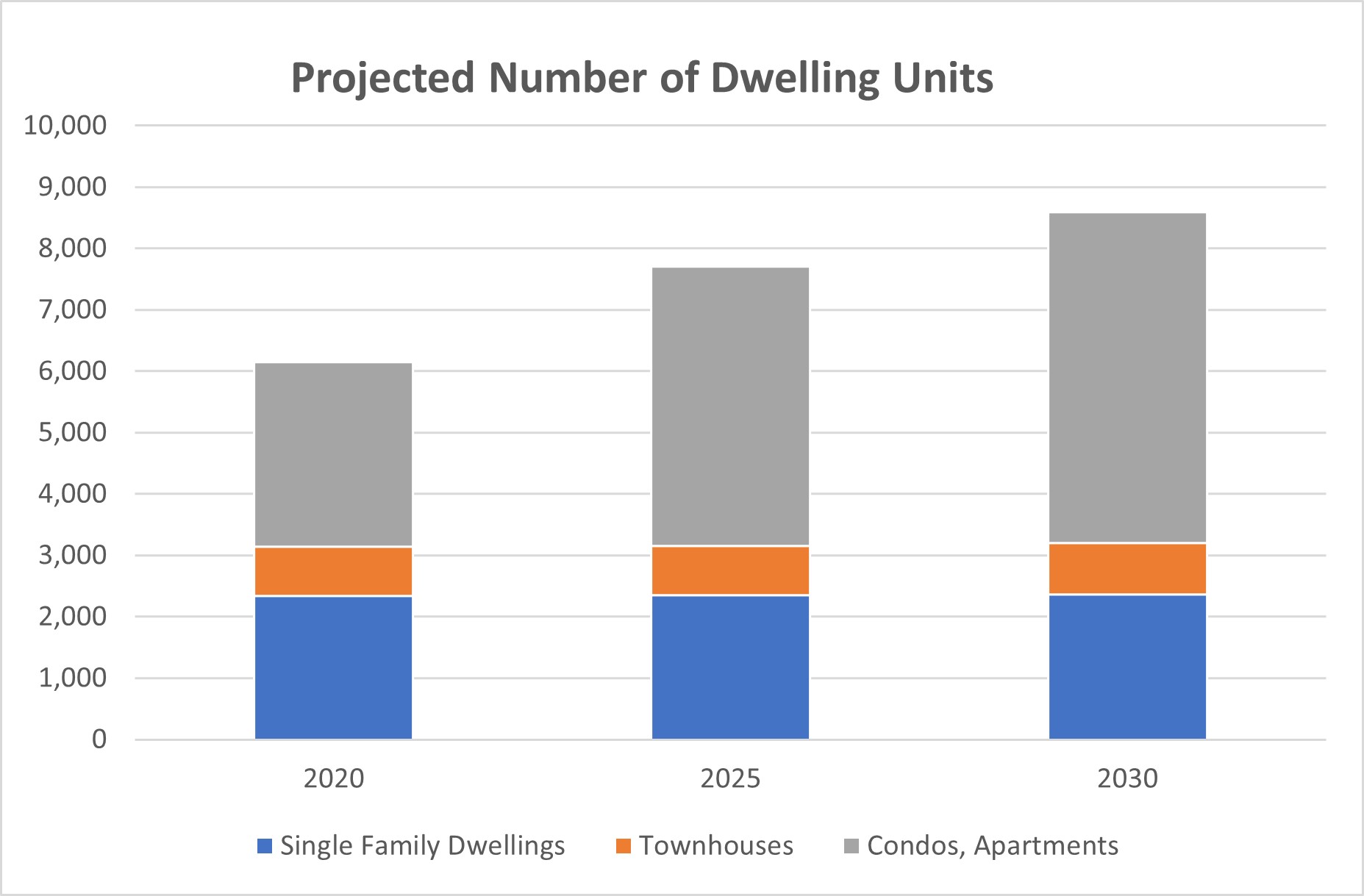
School enrollment forecast
The SFI model
To estimate the enrollment of students in the City for any period, the model uses the estimated change in the number of dwelling units, by type. Applying expected vacancy rates, the model derives an estimate of the households in each dwelling type. Population numbers are estimated from this. Historical data on how many students are produced for each dwelling type is then used to derive the total number of students generated from these additional housing units. For example, a single-family dwelling generated 0.691 students in 2023 (about 2 students for every 3 single-family dwellings).
The SFI model is a little different from the WCC model. The WCC model includes birth rates and ratios of students progressing to the next grade. It does not consider local housing construction.
The SFI model projects growth out to 2050, but we will only consider the results to 2030.
Enrollment projections
The graph below shows the forecasts of population, households, and enrollment from the SFI study. Even though the population increases by 35% by 2030, the school enrollment is projected to increase by only 20% from 2020. Enrollment is forecast to grow from 2,634 students today to 3,022 students in 2030, a 15% increase. This is because many of the new housing units are smaller apartments that to date have generated fewer students per unit.
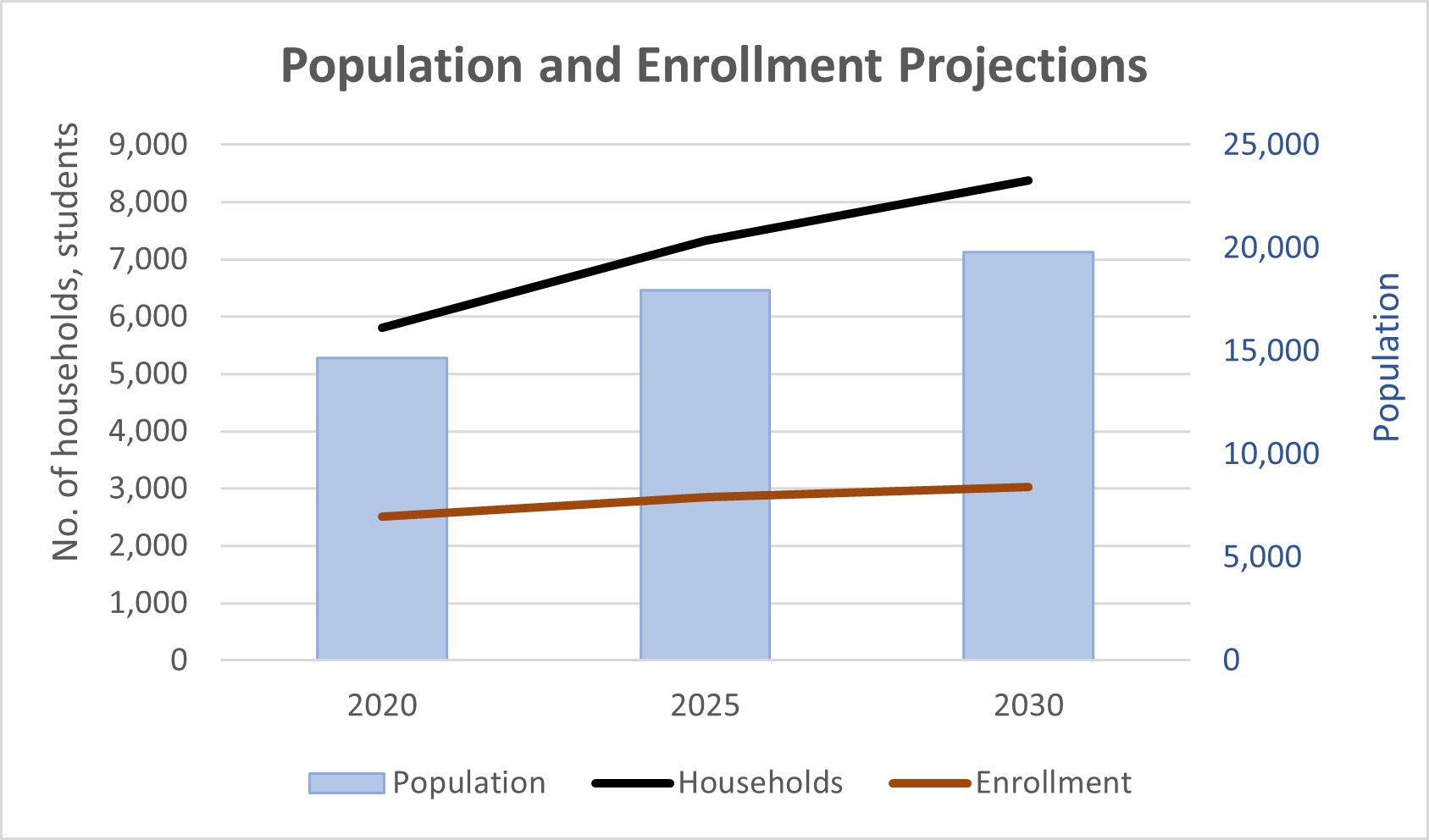
Alternative scenarios
The COVID-19 pandemic had a major impact on school enrollment in Falls Church, as it did in the rest of the country. Enrollment fell during the pandemic years, and although it has recovered somewhat, the current enrollment of 2,634 students is still slightly below the 2019 total of 2,645 students. The researchers point out that they do not know how many of the students who left during the pandemic have yet to return.
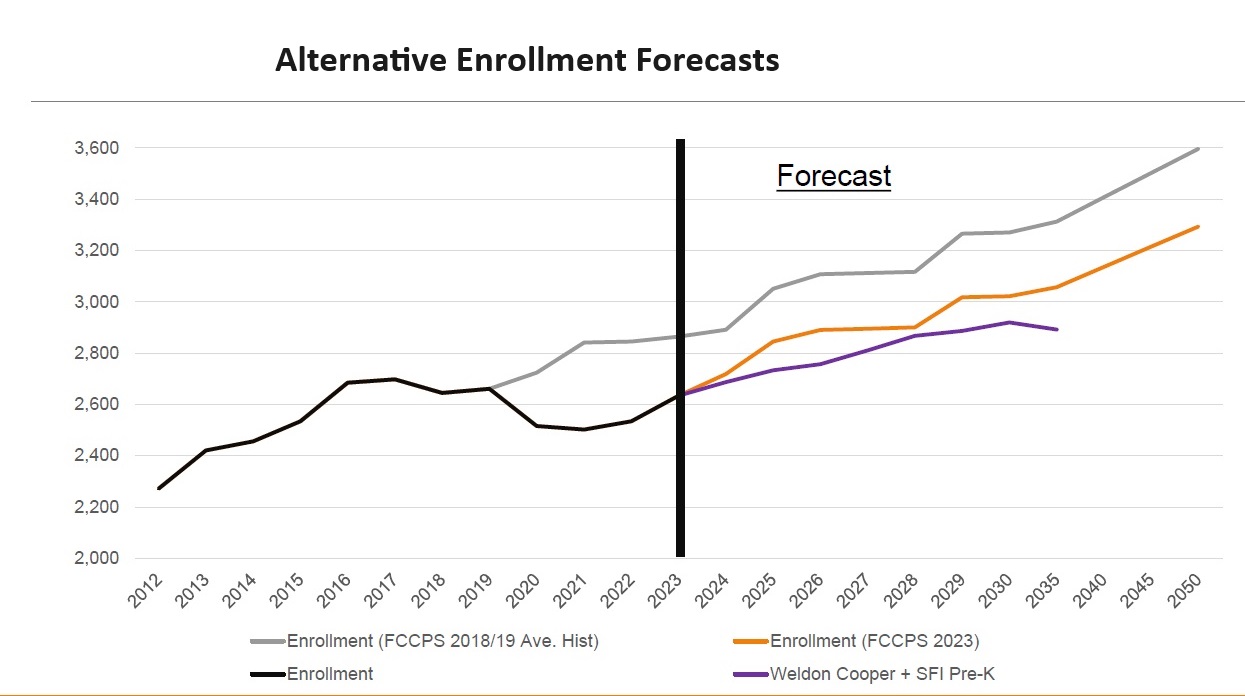
The chart above shows some possible scenarios. One scenario is that the students who left the schools during the pandemic will suddenly return. If they do, then the growth will continue from the 2018/19 levels (shown in grey). Another scenario is that the “missing” students have left the City so that the growth can be projected from current 2023 levels (shown in orange). The purple line represents the forecast from the Weldon Cooper Center.
Current school usage and capacities
Dr. Noonan assured the School Board that there is ample capacity in the schools today to accommodate the SFI projected enrollment growth. He said the challenge would be in staffing and budgeting for the additional students. The table below shows the maximum number of students that can be accommodated at each school in the City’s School Division.
| Capacity (students) | |
| Jessie Thackrey (PreK) | 100 |
| Mt. Daniel (K-2) | 660 |
| Oak Street (3-5) | 750 |
| Mary Ellen Henderson (6-8) | 768 |
| Meridian (9-12) | 1200 |
Based on the enrollment on September 30, 2023, the graph below shows the level to which each school is filled. Meridian High School was designed with the option of adding classrooms in the upper two stories in the future. An additional 300 students can be accommodated if that is done. As can be seen, the schools have more than sufficient physical capacity to accommodate the projected growth. Mr. Noonan said that the challenges will be in staffing and budgeting.
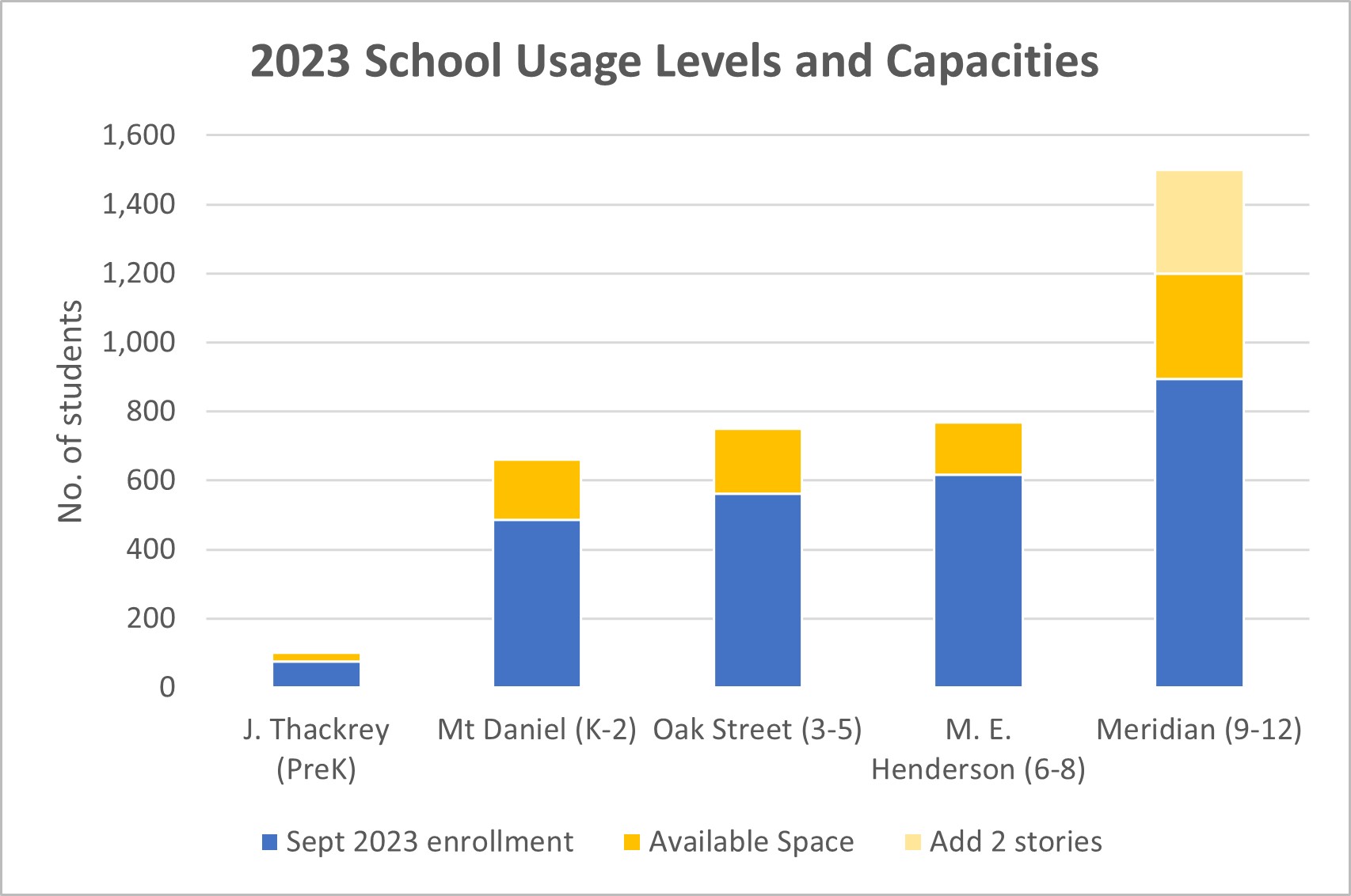
References:
- November 14, 2023, School Board Meeting, https://www.youtube.com/watch?v=ZDKSSEoLQXo&ab_channel=FallsChurchCityPublicSchools
- Round 10.0 Growth Trends To 2050: Cooperative Forecasting In Metropolitan Washington, October 2023, https://www.mwcog.org/file.aspx?D=yJtdNK%2fam%2bAlIbDboYtnhw%2fWDVW2MvP91LT50911BFw%3d&A=fKZUMEYdE1YnrDrNYUXbBnwhME%2fZRd3g%2bZ%2bdxajnc%2f8%3d
- Demographic Projections, Stephen Fuller Institute, https://go.boarddocs.com/vsba/fccpsva/Board.nsf/files/CXDUAG7A8BEF/$file/Demographic%20Projections_Final.pdf
- Student Per Dwelling Unit FY 2024, November 6, 2023, https://go.boarddocs.com/vsba/fccpsva/Board.nsf/files/CXKNGR5CDC03/$file/Student%20Per%20Dwelling%20Unit%20FY%202024%20as%20of%2011%206%202023.pdf
- Enrollment Projections Presentation, November 14, 2023, https://go.boarddocs.com/vsba/fccpsva/Board.nsf/files/CXEKYH538FF3/$file/Enrollment%20Projections%20Presentation%20November%2014%202023_SFI%20(1).pdf

